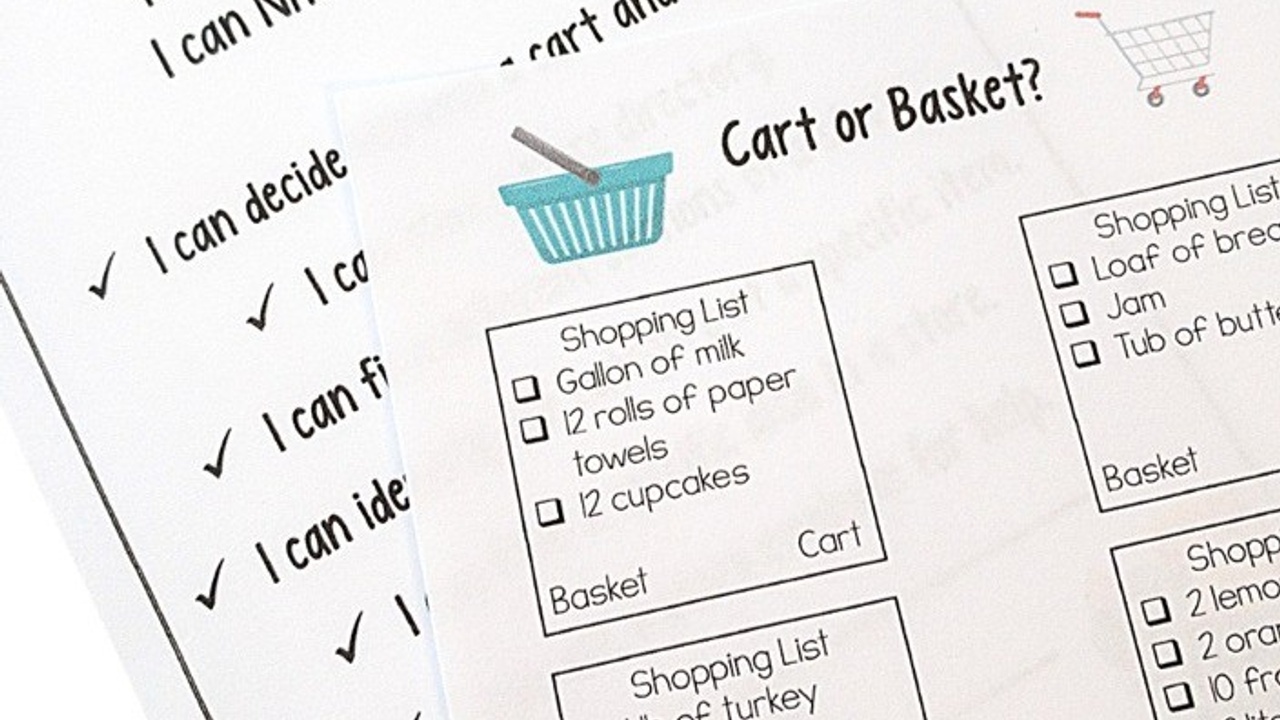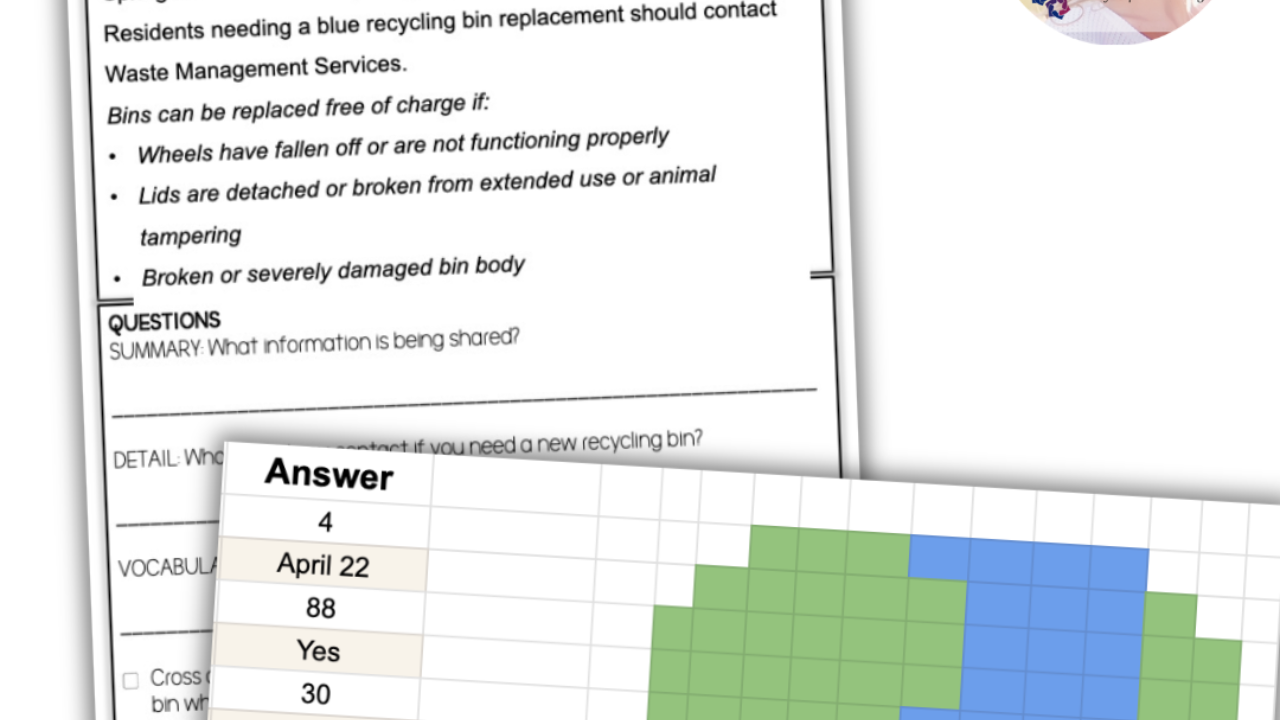How To Teach: Find Items In a Shopping Store
Apr 04, 2022
Importance of Navigating a Store
Being able to walk into a store and know where to go to get what you need can reduce anxiety and increase shopping confidence in a student. Most stores have similar layouts and will demand similar skills from the shoppers, so helping students to know how to shop in a store is another way to make the community more accessible.
-Understanding a store map/directory
-Knowing the sections in a grocery store
-Finding and reading aisle signs
-Generalizing food to find on a store directory
-How to advocate in a store if you can’t find what you need
-Deciding between a cart and a basket when shopping
Why Focus On These Skills
Even if your class doesn’t go into the community to shop for cooking class ingredients, your student likely still goes to the grocery store with family once a week or shops at Target or Wal-Mart for household goods frequently. So, helping your students to know how to find what they need in a store is a skill they can use even more when they are outside the classroom than when they are in school.
When To Teach
If you are able to teach this BEFORE your first trip to a local store, that is ideal. If not, try to cover the content as soon as possible. You want the opportunity for students to use the skill of entering a store and practicing the skill WITH you so they can begin to transfer the skill to other stores when they are with family.
I’ve created a complete lesson unit of materials for teaching this topic. The materials are comprehensive (5 full lessons) and most appropriate for life skill lessons at the middle school, high school and transition level students. Below are some lesson unit highlights!
Students will identify where to look to find aisle numbers, use context clues to read a store directory, and use a scripted sentence stem to ask a store employee for help.
Lesson Vocabulary
Aisle, basket, cart, category, directory, employee, navigate, produce, section, store
-
Pre and Post assessment
-
1 page narrative explaining the skill with and without visual text supports (to incorporate functional reading)
-
5 skill practice activities to learn and/or reinforce the focus skills
-
Game for students to practice their skills (because learning is fun)
-
Boom Cards for practice or assessment
-
Student learning reflection worksheet (thumbs up or down)
-
Encouraging on-topic quotes (use as a classroom poster or starter for each class period)
-
5 strategies for success (tips for being successful with the focus skills)
-
Coloring page with on-topic graphics
-
Skill mastery certificate for positive recognition and reinforcement
-
Data collection sheet on specific focus skills
-
Homework sheet to encourage students to practice the skill outside of the school setting
-
Word search of key vocabulary terms
-
Visuals for focus skills with age appropriate colors and graphics
Ultimate Goal
Being able to find the aisle is great, knowing what section the ice cream bars are in is ideal, and using the basket for a small order is important; however, if a student can’t find an employee and ask for help finding what they need then a student may be experience more frustration than success in familiar and unfamiliar stores. So, don’t forget to focus on advocacy!
Links to Curriculum


















